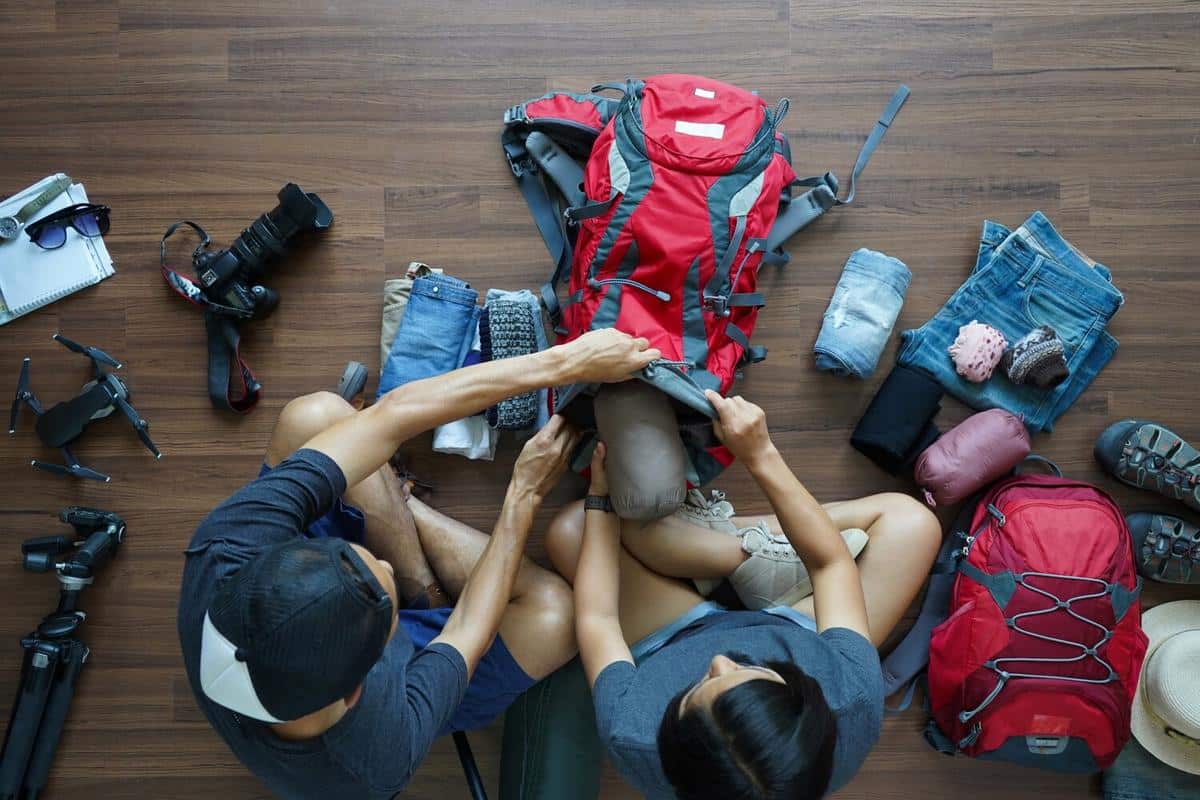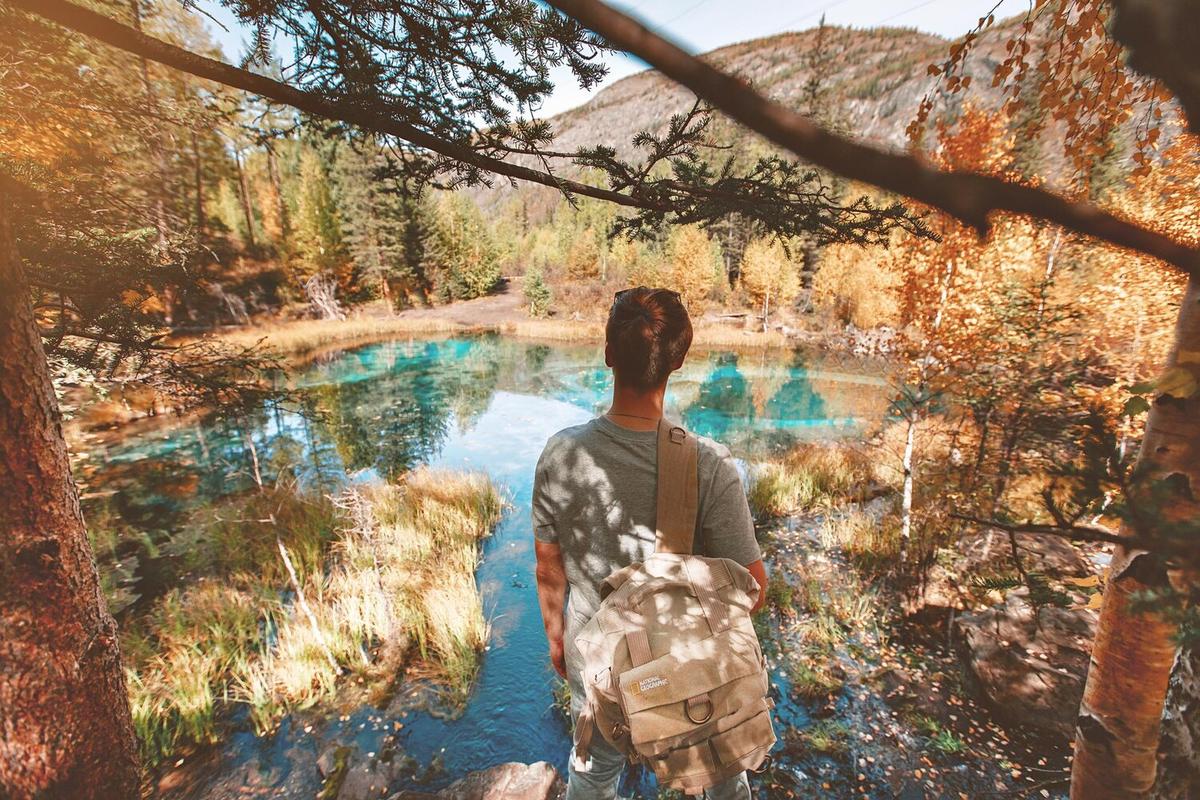
Mountaineering for Beginners: What You Need to Know
Mountaineering, a thrilling adventure that challenges both body and mind, is an exciting pursuit for those looking to explore new heights. Whether you’re drawn to the allure of snow-capped peaks or the sense of accomplishment that comes from conquering a mountain, mountaineering offers an experience unlike any other.
As a beginner, stepping into the world of mountaineering can feel daunting. However, with the right knowledge and preparation, it’s a journey that can be incredibly rewarding. Here’s what you need to know to get started on your mountaineering adventure.
Understanding the Basics
Mountaineering, often referred to as alpinism, involves climbing mountains using technical equipment and skills. It’s important to distinguish between hiking, which is typically on marked trails, and mountaineering, which often requires navigating through unmarked terrain.
Expert Insights
Renowned mountaineer Conrad Anker once said, “The summit is what drives us, but the climb itself is what matters.” This highlights the importance of preparation and respect for the journey.
Statistics to Consider
According to a study by the Outdoor Industry Association, participation in mountaineering has increased by 15% over the past decade, reflecting a growing interest in adventure travel.
Personal Anecdotes
Imagine embarking on your first climb, just like Mark, who found his passion for mountaineering during a trip to the Rockies. He recalls, “The first time I reached the summit, the view was breathtaking. It was a moment of pure triumph.”
Essential Gear and Preparation
Before you set off on a mountaineering expedition, having the right gear is crucial. Here’s a basic checklist to get you started:
- Climbing Boots
- Helmet
- Rope
- Harness
- Crampons
- Ice Axe
- First Aid Kit
- Navigation Tools (Map, Compass, GPS)
| Equipment | Purpose | Recommendation |
|---|---|---|
| Climbing Boots | Protects feet and provides grip | Waterproof and insulated |
| Helmet | Protects head from falls and debris | Lightweight and adjustable |
| Rope | For climbing and safety | Dynamic rope for shock absorption |
| Harness | Secure connection to the rope | Comfortable fit |
| Crampons | Traction on ice and snow | Adjustable to boot size |
| Ice Axe | For climbing and self-arrest | Multipurpose design |
| First Aid Kit | Emergency care | Compact and comprehensive |
| Navigation Tools | Route finding | Updated maps and GPS device |
Training and Skills
Gaining the necessary skills is vital for a safe mountaineering experience. Consider enrolling in a mountaineering course where you can learn about rope work, ice climbing, and self-rescue techniques from experienced guides.
Safety and Weather Considerations
Understanding weather patterns and how they affect mountain conditions is crucial. Always check forecasts and be prepared for sudden changes in weather.
FAQ
What is the best time of year to start mountaineering?
Spring and late summer are ideal as conditions are generally more stable.
Do I need a guide for my first climb?
It’s highly recommended to hire a guide, especially as a beginner, to ensure safety and gain valuable insights.
How can I improve my fitness for mountaineering?
Focus on building endurance through regular cardio workouts and strength training specific to climbing.
Conclusion
Mountaineering is a captivating blend of challenge and beauty, offering a sense of accomplishment that few other activities can match. By understanding the basics, preparing adequately, and prioritizing safety, you’ll be well on your way to experiencing the thrill of reaching new heights. So, lace up your boots, grab your gear, and embrace the adventure that awaits.


